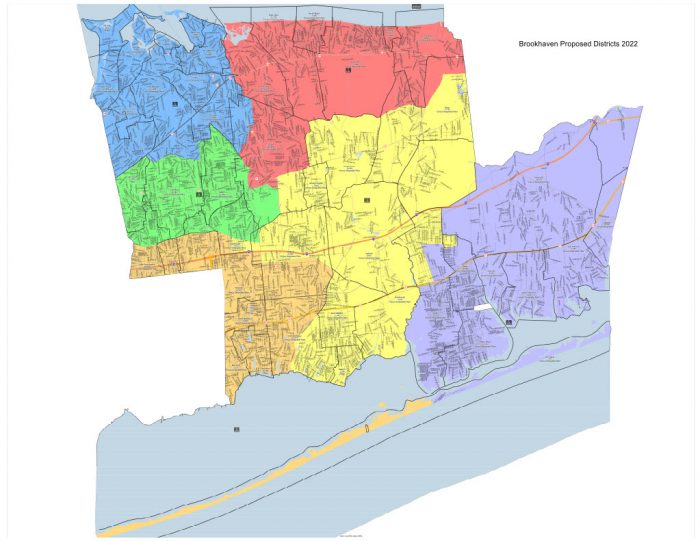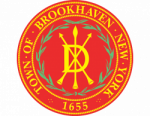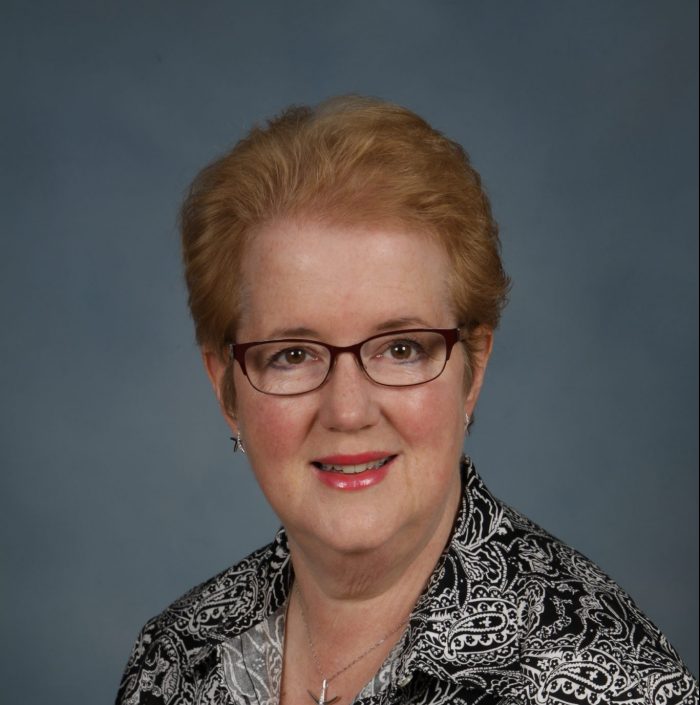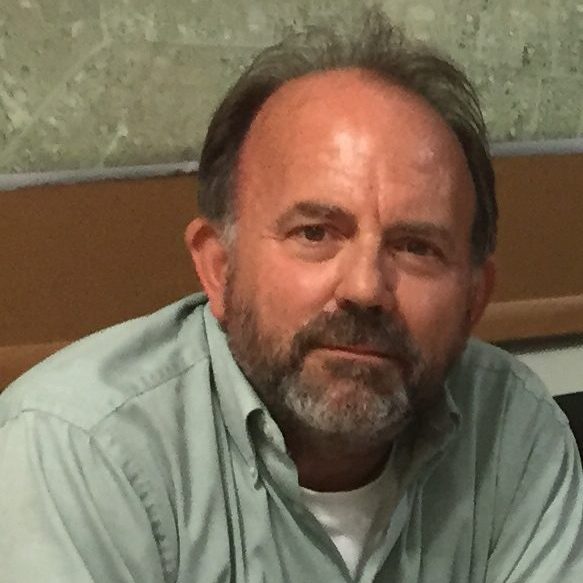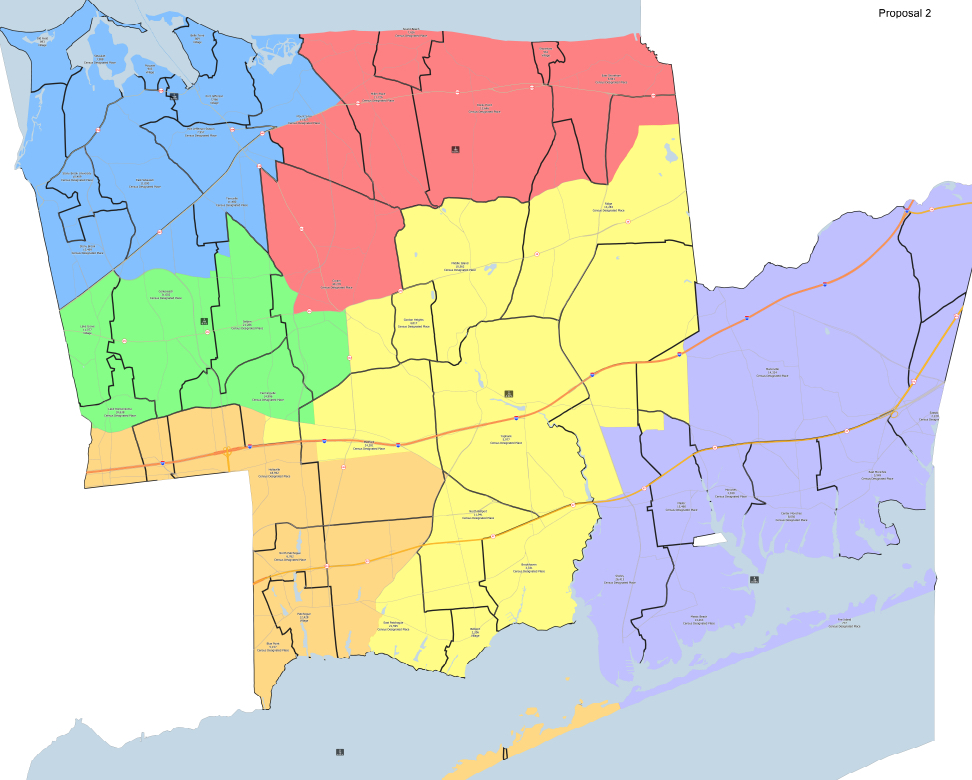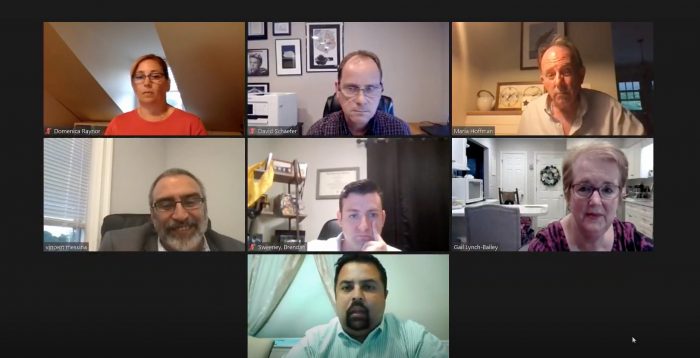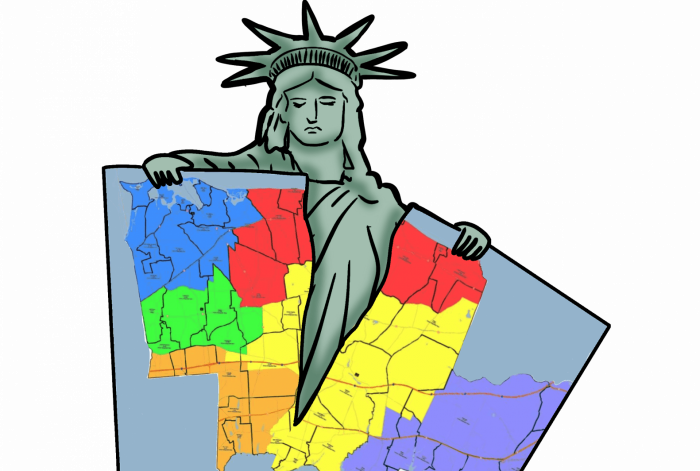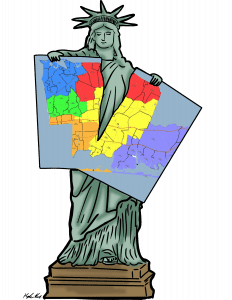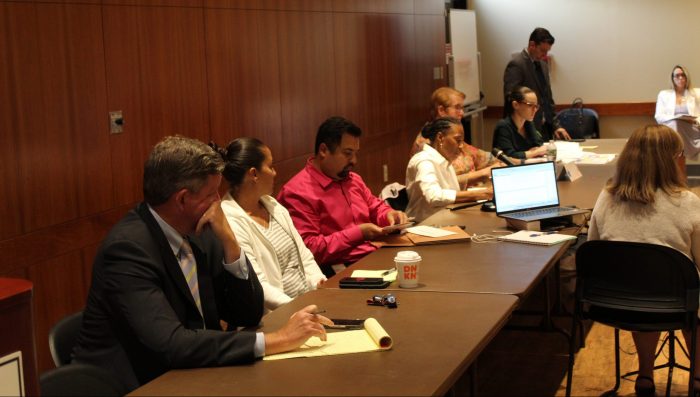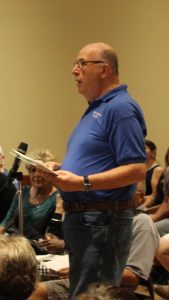By Aidan Johnson
In an age and political culture defined by partisanship and polarization, the few examples of unity and solidarity give us hope.
This summer, the people of Port Jefferson Station and Terryville did just that, defending their community’s integrity within the Town of Brookhaven. In this year’s controversial redistricting process, the strength, persistence and overwhelming numbers of these citizens would win the day.
Reapportionment is a decennial procedure within the town, adjusting the lines of its six council districts to reflect changes in population over those 10 years.
From the beginning, this year’s redistricting process was marked by chaos and confusion. “The hearings were poorly advertised, they were chaotic, they were confusing, they were marked by a lack of support information from the town, which resulted in maps that just appeared out of thin air,” said Port Jefferson Station resident Ira Costell at a public hearing in September.
Two draft maps appeared on the Brookhaven Redistricting Committee’s website by late July. These maps, having no input from the committee itself, proposed significant changes along the borders of Council Districts 1 and 2, with much of Terryville potentially cut away from Port Jefferson Station.
Culturally and historically, Port Jeff Station and Terryville are a united community. Their residents share a zip code, school district, library, chamber of commerce and civic association, among other shared community institutions. When the people of this area were alerted to the proposed changes to their political representation, they stormed into action.
The summer of resistance
Cracking is an unpopular practice in political redistricting. By dividing a community across multiple districts, a mapmaker can also blunt that community’s voting power. The intended effect of cracking is often a dilution of public resources and funds away from the cracked area.
Throughout the redistricting process, Terryville resident Joan Nickeson gave a forceful critique of cracking. “It is unconscionable that you would crack our high school from the rest of its district, and crack neighbor from neighbor, and actually cleave members of the chamber of commerce from the chamber of commerce office,” she told the Town Board during an August public hearing.
In an Aug. 11 letter to the editor, “Reflections on Brookhaven redistricting process,” Terryville resident Francis Gibbons criticized attempts to crack the community as antithetical to the values of freedom and democracy.
“Manipulation of the redistricting process is a game played by both parties throughout the United States,” he wrote. “To me, it is a disgusting game. It flies in the face of everything so many have fought and died for.”
Paul Sagliocca, a Port Jeff Station resident, commented on the historical progress the area has made in recent years. As the community embarked on its local renaissance, he questioned why others would attempt to disrupt that development and forward movement.
The area “is on the up — we do not need to be divided,” he said in an August hearing. “I would really wish that when it comes time to vote, that Port Jeff Station/Terryville stays in one solid community within District 1.”
Throughout several public hearings before the redistricting committee, local residents came out in numbers to express their displeasure about the proposed maps and how they could their hinder their representation. They often criticized the committee process itself.
Setauket-based George Hoffman, a Democratic appointee to the redistricting committee, suggested that his fellow committee members had good intentions. However, he was discouraged by the process overall.
“I think the whole experience was disappointing,” he said in an interview. “I think we could have come up with what would be considered fair.”
Even among the committee members, the process was rife with confusion and discontentment. In one occurrence in early August, a scheduled public hearing at the Setauket Neighborhood House was canceled just hours before its start.
“They decided to cancel this meeting without any concern for the people that were already coming. They only pulled it from their website at 4:30,” Hoffman explained during the unofficial meeting that took place later. Many spoke anyway during this unofficial meeting, eager to make their voices heard before a committee without a quorum and to the rest of the attendees.
Resolution
Despite the uncertainty throughout those pivotal summer months, the Town Board eventually heard the people and responded accordingly. On Thursday, Sept. 29, the board unanimously approved a map that keeps Port Jefferson Station/Terryville almost entirely unified within CD1.
Councilmember Jonathan Kornreich (D-Stony Brook), who represents the 1st District, expressed his appreciation for the effort and devotion of the residents throughout the process.
“People are so busy these days that it seems like fewer and fewer people have time or attention for civic matters,” Kornreich said in a statement. “Seeing so many residents actively participating in what is usually a pretty dry government process was inspiring because even in today’s highly polarized political world, people from both parties united to advocate on behalf of their communities.”
The councilmember added, “I have particular admiration for the folks from Port Jefferson Station and Terryville who have helped cultivate a very strong sense of community spirit over the last couple of years. There are so many exciting things happening in that area, and I am proud to continue to represent this thriving community.”
While the local residents prevailed in the end, the outcome was not universally triumphant. Throughout the process, many felt that the movement of the mostly white population of Ridge into Council District 4 could silence the voices of the ethnically diverse communities of Gordon Heights, Coram and North Bellport. Correcting this apparent injustice will be the responsibility of the entire township during the 2032 redistricting process.
But the people of Port Jeff Station and Terryville should be proud of their redistricting success this year. Through their hard work over those confusing summer months, their community stands together — united and one.
Their dedication and passion, courage to lift their voices to power, and commitment to lock arms and stand together were inspiring and could serve as a model for other communities.
For protecting their community and refusing to “crack” under pressure, TBR News Media recognizes the citizens who fought for a fair redistricting of Port Jefferson Station/Terryville as People of the Year 2022.



